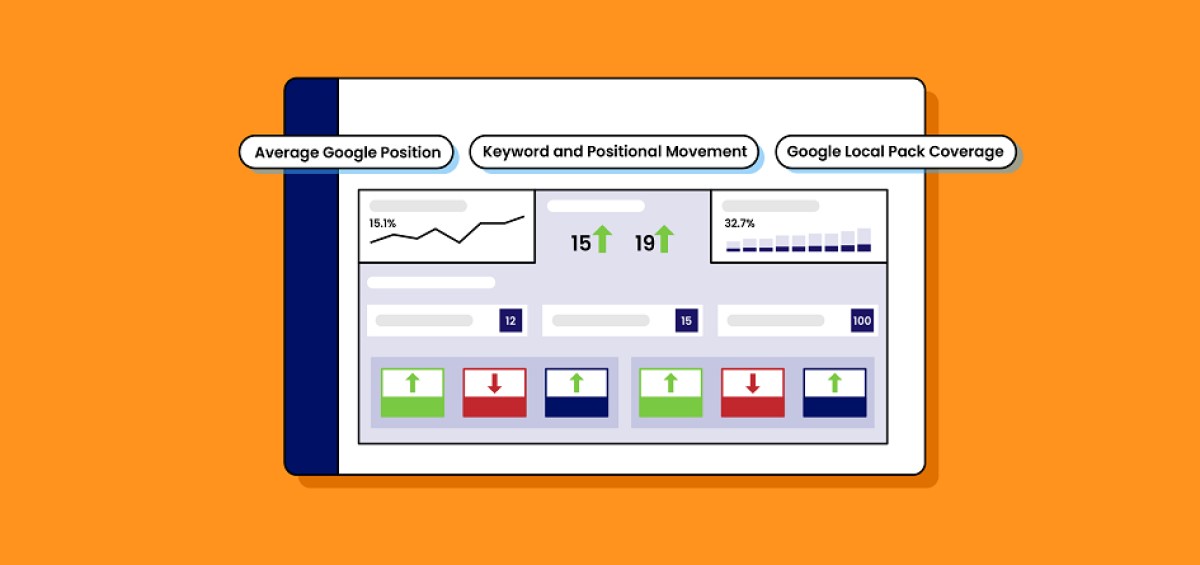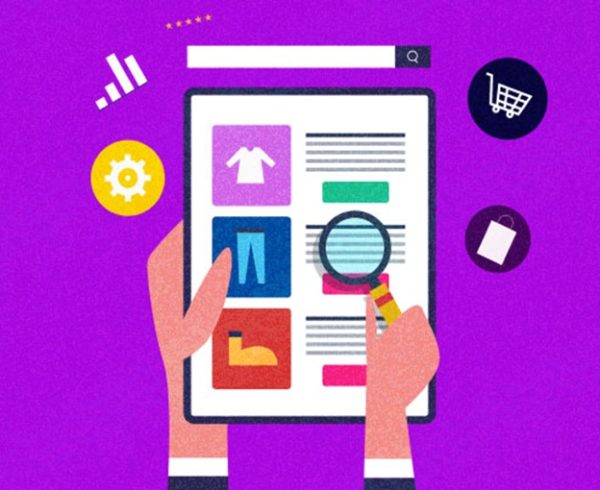In today’s competitive digital marketplace, securing a top position in Google’s Local Pack is essential for businesses aiming to attract local customers. The Local Pack ranking refers to the three featured business listings that appear in Google search results when users conduct location-based searches. These businesses enjoy higher visibility, increased website traffic, and greater foot traffic to their physical locations. However, achieving a spot in the Local Pack Finder is not solely based on luck; it requires strategic optimization and an understanding of the key local search ranking factors 2025.
As Google continuously updates its search algorithms, the Local Pack ranking Google criteria evolve. Businesses must stay ahead by implementing effective Local Pack SEO strategies. From optimizing your Google Business Profile (GBP) to maintaining consistent NAP (Name, Address, Phone Number) information, various elements influence your ranking. Additionally, user engagement, customer reviews, local citations, and backlinks from authoritative sources all play a role in securing a position in the Google Local Pack.
With competition increasing across industries, businesses need to focus on both technical and content-based SEO strategies to remain visible in local search results. This article will explore the most critical Local Pack Finder ranking factors and provide actionable insights to improve your local pack rank. Whether you are a small business owner, marketer, or SEO professional, understanding these factors will help you optimize your online presence and drive more local customers to your business.
Key Local Pack Ranking Factors
Here are the key local pack ranking factors.
1. Google Business Profile (GBP) Optimization
One of the most critical elements of Google Local Pack rank is your Google Business Profile (GBP). Google uses this profile to determine relevance, proximity, and prominence for local searches. To optimize your GBP:
- Select the most relevant business category.
- Add high-quality photos and videos.
- Regularly update business hours and posts.
- Collect and respond to customer reviews.
2. NAP Consistency Across Online Listings
Your business’s Name, Address, and Phone Number (NAP) should be consistent across all online directories, including Yelp, Facebook, Bing, and industry-specific sites. Google cross-references this information to verify your legitimacy. Inconsistencies can hurt your Local Pack ranking Google and cause confusion among potential customers.
3. Reviews and Ratings
Customer reviews significantly impact your local pack rank. Google prioritizes businesses with:
- A high number of positive reviews.
- Recent and frequent customer feedback.
Encourage satisfied customers to leave reviews and engage with them by responding promptly and professionally.
4. On-Page SEO for Local Relevance
Optimizing your website for Local Pack SEO includes:
- Using location-based keywords naturally within your content.
- Adding structured data markup (schema) to highlight business details.
5. Backlinks from Local Websites
High-quality backlinks from locally relevant websites signal credibility and trust to Google. Partnering with local businesses for collaborations and mentions.
- Getting listed in local directories and chambers of commerce.
- Sponsoring community events and charities.
6. Behavioral Signals
Google analyzes user behavior to determine local search ranking factors 2025. Behavioral signals reflect how users interact with search results and your business listing, which helps Google assess relevance and engagement. Important behavioral signals include:
- Dwell Time: The amount of time users spend on your website after clicking your listing.
- Bounce Rate: If users quickly leave your website after clicking, it signals to Google that your page may not be relevant or user-friendly.
- Engagement on GBP: Google monitors interactions such as clicks for directions, phone calls, and website visits from your Google Business Profile.
- Mobile and Voice Search Interaction: More users are searching via mobile devices and voice search, making mobile optimization and voice search readiness crucial for local rankings.
Improving behavioral signals involves optimizing your website for speed, ensuring a mobile-friendly experience, adding engaging content, and making it easy for users to contact your business. Encouraging positive interactions on your Google Business Profile can further boost engagement and improve your local pack rank.
7. Local Pack Ranking: Proximity to Searcher’s Location
Proximity remains a crucial Local Pack Finder ranking factor. While you cannot control a searcher’s location, you can enhance your relevance by optimizing for “near me” searches and geo-targeted keywords.
8. Local Content Marketing
Creating localized content can boost your Local Pack SEO. Consider:
- Writing blog posts on local events and news.
- Showcasing customer success stories.
- Publishing city-specific guides related to your industry.
In the end, ranking in the Google Local Pack requires a strategic approach to Local Pack SEO. By optimizing your Google Business Profile, maintaining NAP consistency, gathering reviews, improving on-page SEO, and earning local backlinks, you can significantly boost your local pack ranking Google. As we approach local search ranking factors 2025, staying up-to-date with Google’s changes and continuously refining your strategy will be key to maintaining a strong presence in local search results. Implement these tactics now, and your business will be well-positioned to outrank the competition and attract more local customers.






